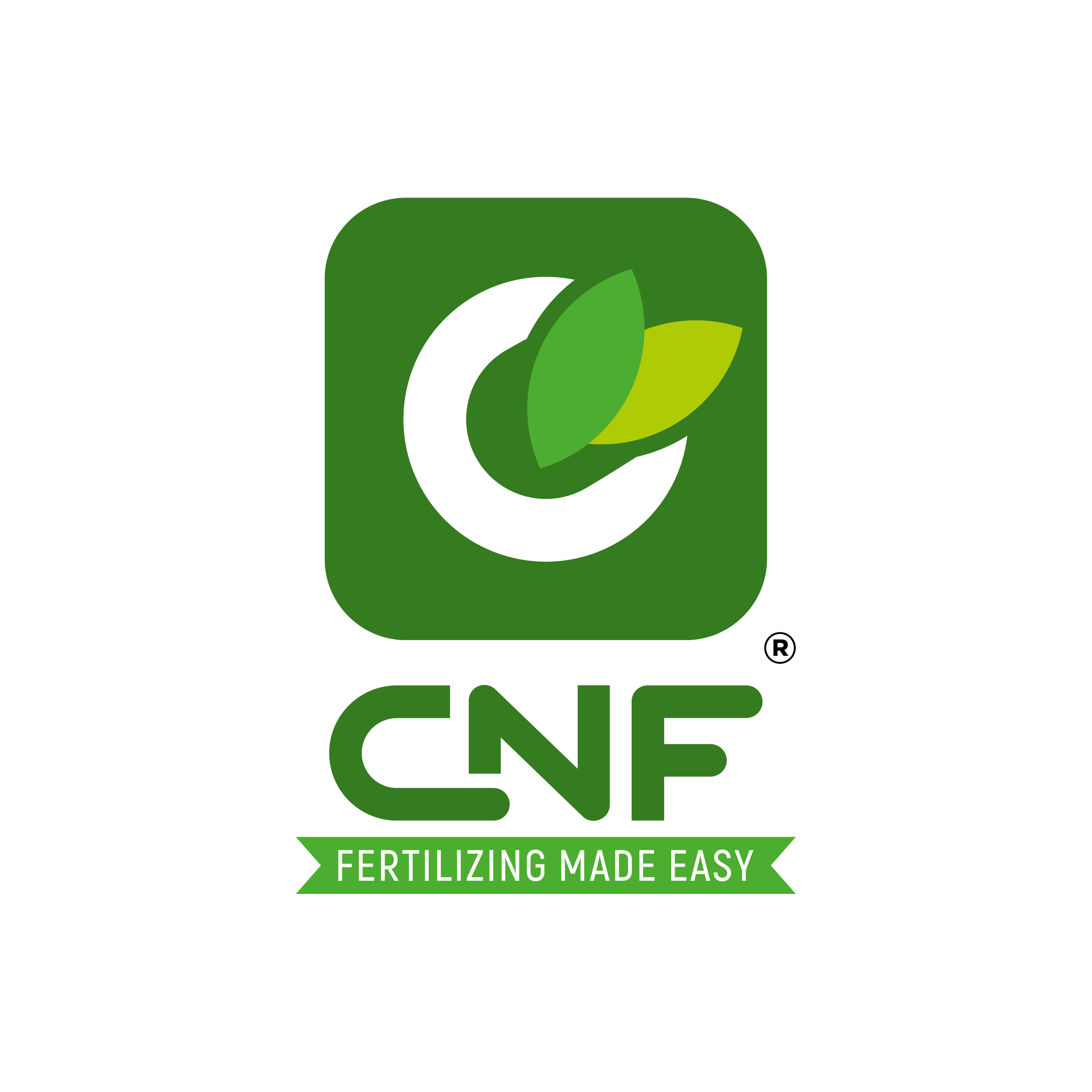NPK Fertilizers Explained: Which Ratio Works Best for Your Crops?
NPK fertilizers are named after the three essential
macronutrients they provide: nitrogen (N),
phosphorus (P), and potassium (K).
These nutrients play different roles in plant growth,
and different NPK ratios are needed at various stages
of crop development. This blog will demystify NPK
ratios and help farmers choose the right blend
for their specific crops and growth stages.
Essential for vegetative growth,
nitrogen is responsible for leaf
and stem development.
Understanding NPK Ratios:
Crucial for root development,
flowering, and fruiting.
-
Nitrogen (N)
-
Phosphorus (P)
-
Potassium (K)
-
NPK 19:19:19 (Balanced Fertilizer)
-
NPK 13:0:45 (High Potassium Fertilizer)
-
NPK 0:52:34 (Mono Potassium Phosphate)
Ideal for general-purpose use during the
vegetative and early flowering stages.
Best for fruiting and flowering crops,
as it supports fruit development and improves fruit quality.
Suitable for boosting flowering and fruiting
during later stages of plant growth.
A sustainable smart city embodies the fusion of technological
advancements
with
a
commitment to minimizing environmental
impact. These cities harness the power of digital innovation.
Application Methods
Enhances overall plant health,
improves drought tolerance, and boosts fruit quality.
Choosing the right NPK fertilizer ratio can significantly
impact crop growth, yield, and quality.
By understanding the role of each nutrient
and selecting the appropriate NPK blend,
farmers can optimize nutrient management and improve
overall crop performance.









Comments
July 29, 2024 at 7:35 am
Using CNF's PROM and Booster fertilizers has completely transformed our farm’s productivity. We’ve seen a significant increase in crop yield and healthier plants. Highly recommended for sustainable farming!